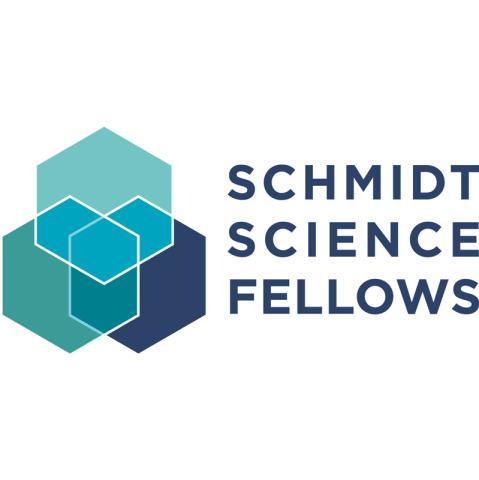
Shooting for the Moon with interdisciplinary approaches to lunar development
Interdisciplinarity
Sponsored by

Advice for bringing together multiple academic disciplines into one project or approach, examples of interdisciplinary collaboration done well and how to put interdisciplinarity into practice in research, teaching, leadership and impact

You may also like
Popular resources
Building the foundations for a sustained human presence on the Moon requires the support of scientists, engineers, policymakers and researchers from across the globe. Intentionally forming research communities, in which scientists and engineers of diverse abilities and disciplinary backgrounds have a forum to collaborate across shared goals, is crucial.
A future lunar outpost requires the translation of both existing technologies and the development of new technologies for the lunar and cislunar space. Such technologies can be used to automate construction, improve communication and navigation across the lunar surface, and to sustainably harness power in the harsh lunar environment. Developing a lunar outpost demands a huge effort from our tenacious terrestrial science and research communities.
“We are in this place right now with space exploration where we are trying to bring in way more people and way more non-traditional partners than we have ever had,” says Wesley Fuhrman, a senior scientist in the Space Exploration Sector at Johns Hopkins Applied Physics Laboratory.
Fuhrman is a leader for Nasa’s Lunar Surface Innovation Initiative and the Defense Advanced Research Projects Agency’s Lunar Operating Guidelines for Infrastructure Consortium. These research communities comprise academic, industry and government stakeholders engaging in an open dialogue.
“We are developing the technologies and recommending interoperating standards for a sustained presence and commercial economy on the Moon, so not just to drop the lander down for a couple of days and come back up,” Fuhrman says. “That is a huge process in going from footprint to foothold. The only way you can get to that point is to leverage the phenomenal technology base that has developed since then.”
Fuhrman’s experience as a Schmidt Science Fellow gave him some ideas of how research communities bolster interdisciplinary research. “Strong and defined values and ethics build communities, and openly discussing them helps establish a culture that forms the bedrock,” Furman says. “I prefer to be explicit when we talk. What are we trying to accomplish when we are having our sessions? How do we want to support each other? We learned a lot of that through the Schmidt Science programme. We were very much encouraged from the get-go, with dedicated time and attention paid to creating a culture.”
“Allowing the community to both organically and intentionally be built around its shared ethics and develop the people within it, is what yields results,” Fuhrman says. “Keep the focus on the community and shared vision, not just the output. If you do that, you’ll end up getting much better output anyway.”
Times Higher Education has partnered with Schmidt Science Fellows to develop a new ranking measuring universities’ contribution to interdisciplinary science. Find out how to participate.
Find out more about Schmidt Science Fellows.
Interdisciplinarity
Sponsored by
